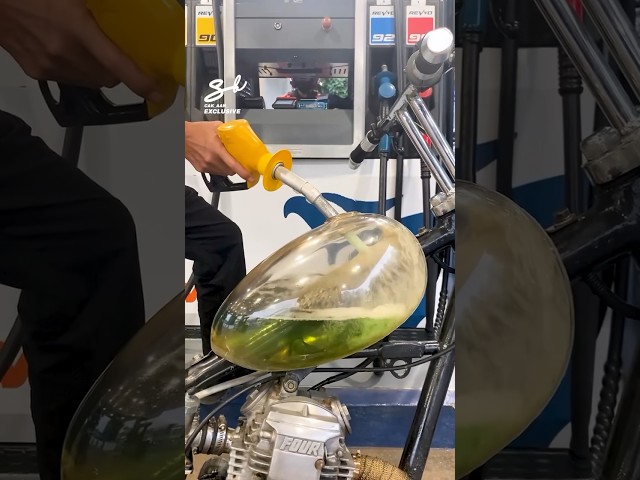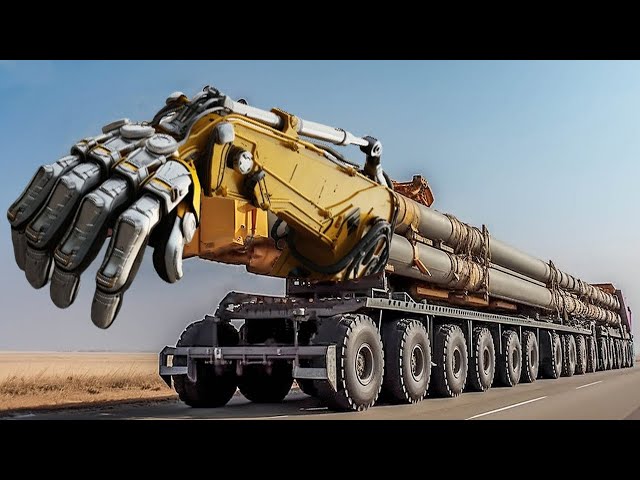The Rise of Unmanned Surface Vessels
The US Navy has long been a pioneer in naval technology, constantly pushing the boundaries of what is possible on and beneath the waves. With the advent of unmanned surface vessels (USVs), the Navy is once again at the forefront of maritime innovation. Unmanned Surface Vessel Division One (USVDIV-1) represents a significant leap forward in the Navy’s capabilities, enhancing both operational efficiency and strategic reach.
USVDIV-1 is tasked with developing, testing, and deploying a variety of unmanned surface vessels to support the Navy’s expanding mission set. These vessels are designed to operate in dangerous environments where manned ships would be at high risk, to gather intelligence and even to engage in combat operations. By integrating USVs with traditional naval forces, the Navy aims to increase its operational flexibility and reduce risk to human life.
Types of Unmanned Surface Vessels
Unmanned Surface Vessels come in various shapes and sizes, each designed for specific missions. These include:
- Mine Countermeasures USVs: These are designed to detect and neutralize mines in littoral and open ocean environments.
- Surveillance USVs: Equipped with advanced sensors and communication systems, these vessels gather critical intelligence over wide areas.
- Combat USVs: Armed with weapons systems, these USVs can engage enemy targets both on the surface and underwater.
- Logistics USVs: These vessels support supply and replenishment operations, carrying fuel, supplies, and even humanitarian aid to various locations.
Technological Advancements
The technological advancements driving USVs are nothing short of remarkable. Equipped with cutting-edge navigation systems, advanced sensors, and robust communication networks, these vessels can operate autonomously for extended periods. Some of the key technologies include:
- Autonomous Navigation: Advanced algorithms enable USVs to navigate through complex environments, avoiding obstacles and adjusting their course in real-time.
- Remote Operation: USVs can be controlled remotely, allowing operators to manage missions from a safe distance.
- Advanced Sensors: High-resolution cameras, radar, sonar, and other sensors provide comprehensive situational awareness.
Impact on Naval Operations
The introduction of USVDIV-1 and its fleet of unmanned surface vessels has a profound impact on naval operations. These vessels enhance the Navy’s capabilities in several ways:
- Increased Persistent Surveillance: USVs can remain on station for extended periods, providing continuous surveillance of critical areas.
- Force Multiplication: By complementing manned vessels, USVs increase the overall effectiveness of naval forces, enabling them to cover more ground and respond to multiple threats simultaneously.
- Cost Efficiency: Unmanned vessels are typically cheaper to build and operate than their manned counterparts, allowing the Navy to expand its capabilities within budget constraints.
- Risk Reduction: By deploying USVs in high-risk environments, the Navy can minimize the exposure of personnel to danger.
Challenges and Considerations
While the benefits of USVs are clear, their deployment is not without challenges. Some of the critical considerations include:
- Command and Control: Ensuring reliable communication and control over long distances is crucial for the successful operation of USVs.
- Security: Protecting USVs from cyber threats and physical attacks is essential to maintain their integrity and effectiveness.
- Regulatory Compliance: Navigating the complex web of international maritime laws and regulations is necessary for the deployment of USVs in global waters.
Future Developments
The future of USVDIV-1 looks promising, with several exciting developments on the horizon. The Navy is exploring new capabilities and missions for USVs, including:
- Swarming: Coordinated operation of multiple USVs to achieve a common objective, such as overwhelming enemy defenses or conducting large-area searches.
- Integration with Unmanned Aerial Systems (UAS): Combining USVs with drones to enhance situational awareness and provide real-time data.
- Enhanced Autonomy: Developing more advanced autonomous systems that can perform complex tasks with minimal human intervention.
Case Study: Sea Hunter
One of the most notable examples of a USV developed under USVDIV-1 is the Sea Hunter. This medium displacement USV is designed for anti-submarine warfare and other missions. Key specifications of the Sea Hunter include:
| Specification | Details |
|---|---|
| Length | 132 feet |
| Displacement | 145 tons |
| Range | 10,000 nautical miles |
| Speed | 27 knots |
The Sea Hunter is equipped with advanced sonar systems and communication technology, enabling it to track submarines and operate autonomously for extended periods. It represents a significant step forward in the Navy’s efforts to enhance its anti-submarine capabilities while reducing reliance on manned platforms.
Global Implications
The development and deployment of USVs by the US Navy have far-reaching global implications. As other nations observe the effectiveness of these platforms, they may develop their own unmanned systems, leading to a paradigm shift in naval warfare. Autonomous and remotely-operated vessels could become standard in navies around the world, resulting in a new era of maritime operations.
Unmanned Surface Vessel Division One is at the vanguard of naval innovation, spearheading the integration of autonomous technologies into the Navy’s operations. Through the development and deployment of various unmanned surface vessels, USVDIV-1 is enhancing the Navy’s capabilities, increasing operational efficiency, and reducing risk. As technology continues to evolve, the role of USVs in naval operations is set to expand, heralding a new chapter in maritime warfare.








